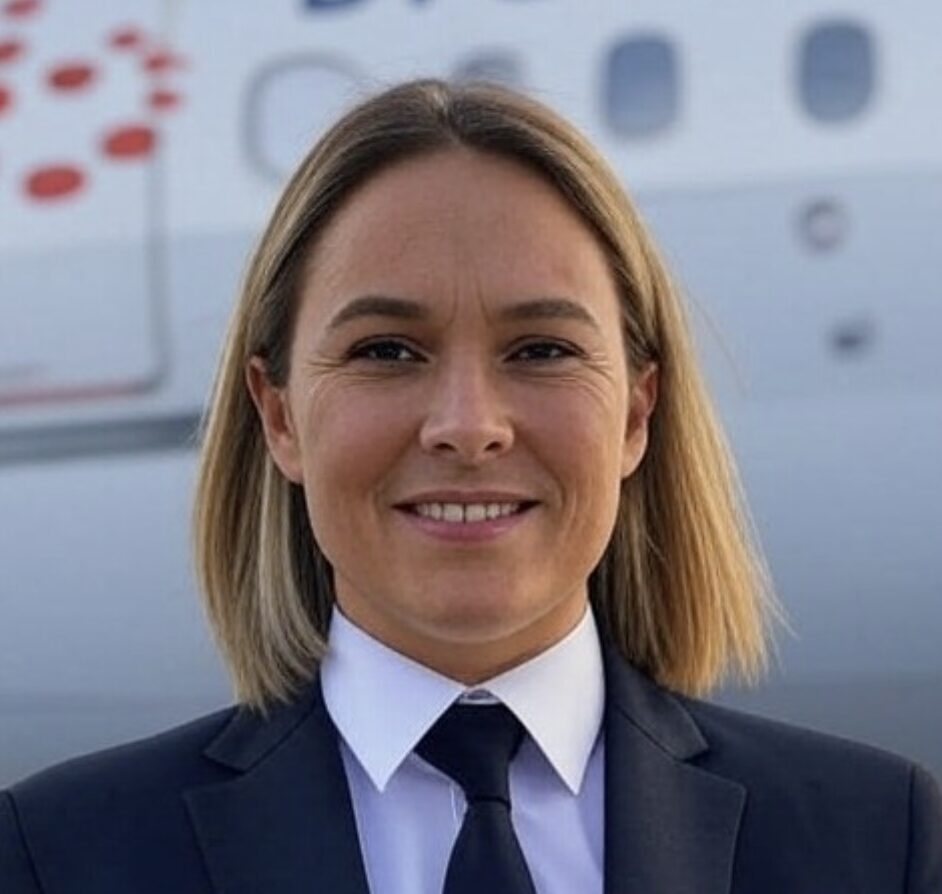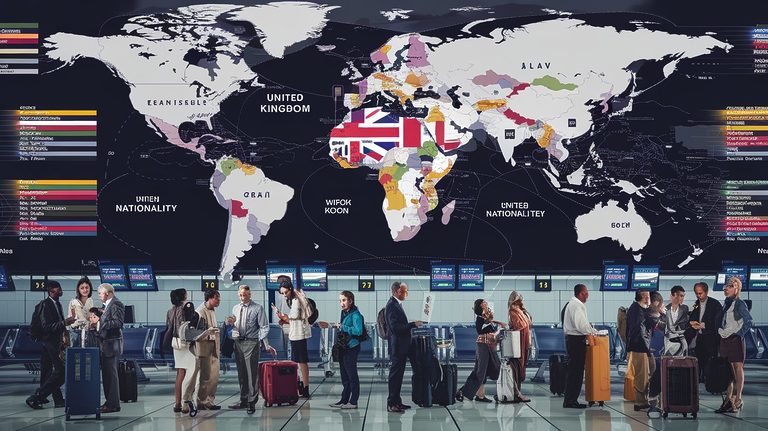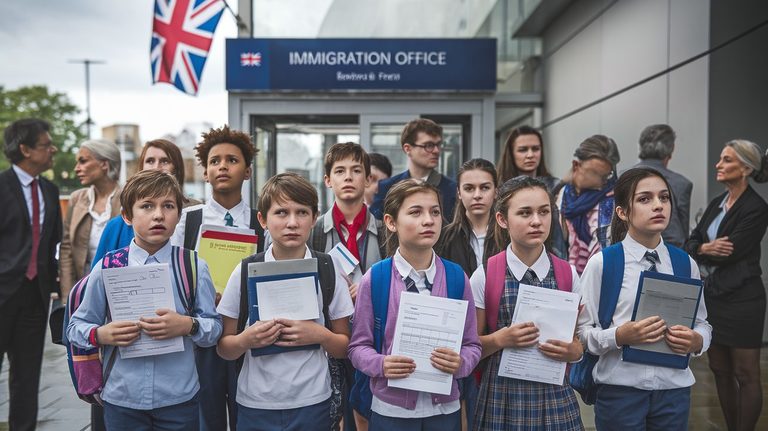In a significant move to enhance accessibility for international visitors, Russia has issued over one million electronic visas since the launch of its e-Visa system. Initiated on August 1, 2023, this program allows nationals from 56 countries to easily enter the country for tourism, business, or family reasons. The initiative addresses the growing demand from travelers, particularly from Asian nations, and aims to bolster tourism and economic exchanges. With an impressively low refusal rate and plans to extend visa validity, the e-Visa system represents a pivotal step in Russia’s strategy to open its borders to the world.
Overview of Electronic Visas in Russia
In recent developments, Russia has made significant advancements in its approach to international travel by granting over a million electronic visas (e-Visas) since the system was launched. This initiative, which commenced on August 1, 2023, is designed to simplify the entry process for travelers from various nations, particularly those in Asia. By easing access to Russia, the country aims to enhance its tourism sector and foster stronger economic relationships with foreign partners.
Introduction of the e-Visa System
The Russian electronic visa system allows nationals from 56 countries to enter Russia for purposes of tourism, business, or family visits. This move is indicative of a strategic effort to facilitate travel, making it more convenient for international visitors. The demand for such a streamlined entry process has been particularly strong from various Asian nations, thus underlining the significance of this initiative.
Impressive Statistics
As of now, more than a million e-Visas have been issued, predominantly driven by an overwhelming interest from travelers from countries such as China, India, Germany, and Turkey. The system has exhibited an exceptionally low refusal rate of less than 0.08%, thereby dispelling myths surrounding potential hurdles in acquiring an e-Visa for Russia.
Entry Points for e-Visa Holders
The primary entry points for individuals holding an e-Visa are major airports in Moscow and St. Petersburg, alongside several designated land border crossings. These hubs serve as gateways for international travelers, facilitating smooth transitions into the Russian landscape.
Future Prospects: Extended Validity
The Russian government has plans to further enhance the e-Visa system by extending its validity. According to statements from Maria Zakharova, a spokesperson for the Russian Ministry of Foreign Affairs, the duration of validity will be expanded from 60 to 120 days, while the permissible length of stay will increase from 16 to 30 days. This measure is likely to make Russia an even more appealing destination for international tourists.
Streamlined Entry Procedures
Additionally, the possibility of digital authorization replacing traditional paper migration cards is under consideration, signifying a move toward improved security and efficiency in the entry process. Despite the apparent simplicity of the e-Visa application, Russian authorities emphasize the necessity of meticulous completion of the online form. Common errors often pertain to names, dates of birth, and the quality of uploaded documents. Should applicants encounter issues, they are permitted to make corrections without incurring extra costs.
Eligible Countries for the e-Visa Program
The e-Visa program is accessible to nationals from a diverse array of countries, ensuring a wide reach. Among the eligible nations are Austria, Bahrain, Belgium, France, Germany, India, Israel, Japan, Mexico, and many others. This initiative not only reflects Russia’s commitment to tourism but also aligns with a broader trend involving several countries modernizing their travel authorization policies.
International Context and Comparisons
The surge in electronic visa issuance in Russia mirrors a global trend where nations are increasingly adopting simplified entry protocols. For instance, countries like St. Kitts and Nevis and Nigeria have recently introduced their own electronic travel systems, while Belarus extended its visa-free entry policy. Furthermore, Kenya has abolished ETA requirements for many African nations, showcasing an international movement towards facilitating travel.
This bold move by Russia not only strengthens its tourism capacity but also aligns it with the shifting dynamics of global travel policies, positioning the country as an attractive destination for travelers around the world.
- Electronic Visas Issued: Over 1 million
- Launch Date: August 1, 2023
- Eligible Countries: 56 nations
- Tourism Types: Tourist, Business, Family
- Low Refusal Rate: Less than 0.08%
- Popular Entry Points: Moscow, St Petersburg, Land borders
- Validity Extension: Expected from 60 to 120 days
- Length of Stay Extension: 16 to 30 days
- Error Correction: Allowed at no extra cost
- Impact on Tourism: Boosting economic exchanges
Russia has recently made significant progress in its policy aimed at attracting international travelers, issuing over a million electronic visas (e-Visas) since the system’s launch. This initiative, which began on August 1, 2023, allows citizens from 56 countries to visit the entirety of Russia for tourist, business, or family reasons. The low refusal rate of less than 0.08% highlights the system’s accessibility. As part of ongoing improvements, the Russian government plans to extend the e-Visa’s validity period from 60 to 120 days and increase the maximum stay from 16 to 30 days.

Hello! I’m Elisa, a 45-year-old travel companion with a passion for exploring new places and cultures. With years of travel experience under my belt, I thrive on creating memorable journeys for my clients. Let’s embark on an adventure together!





